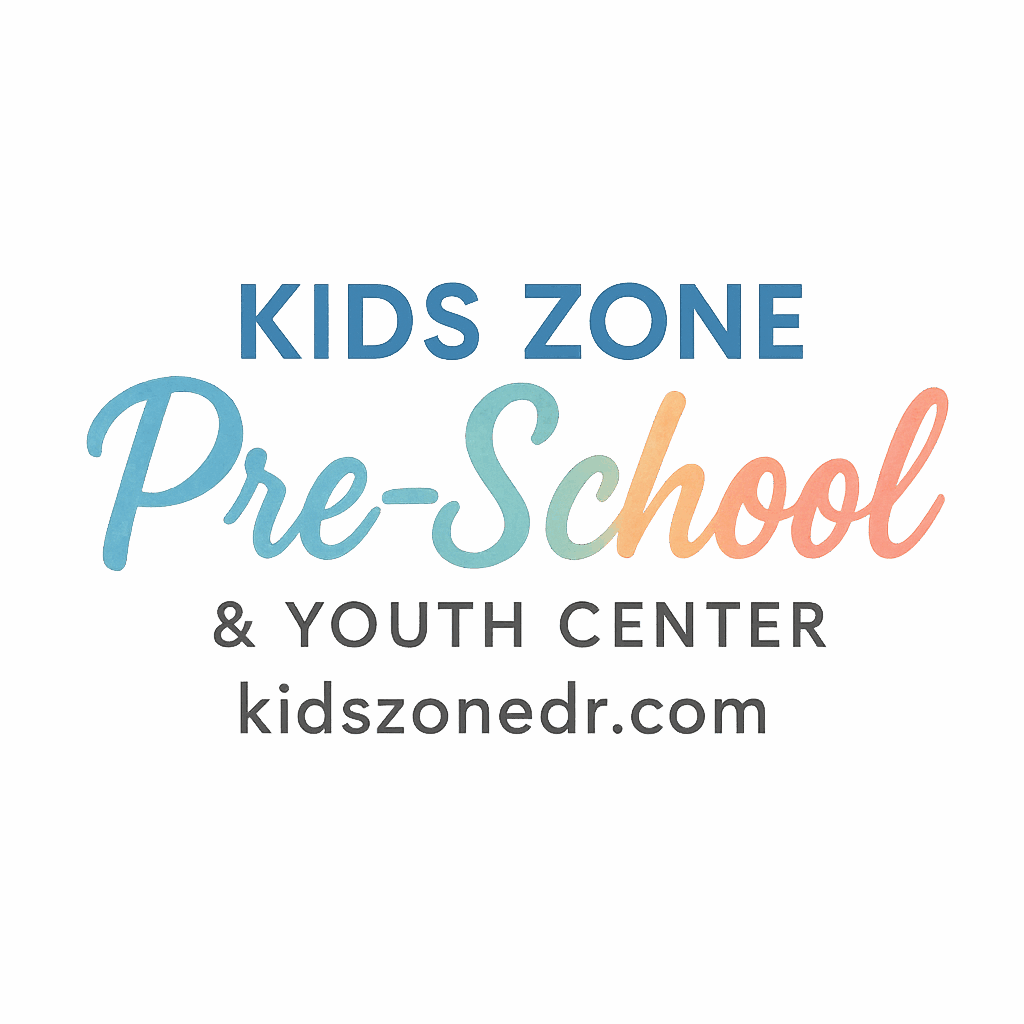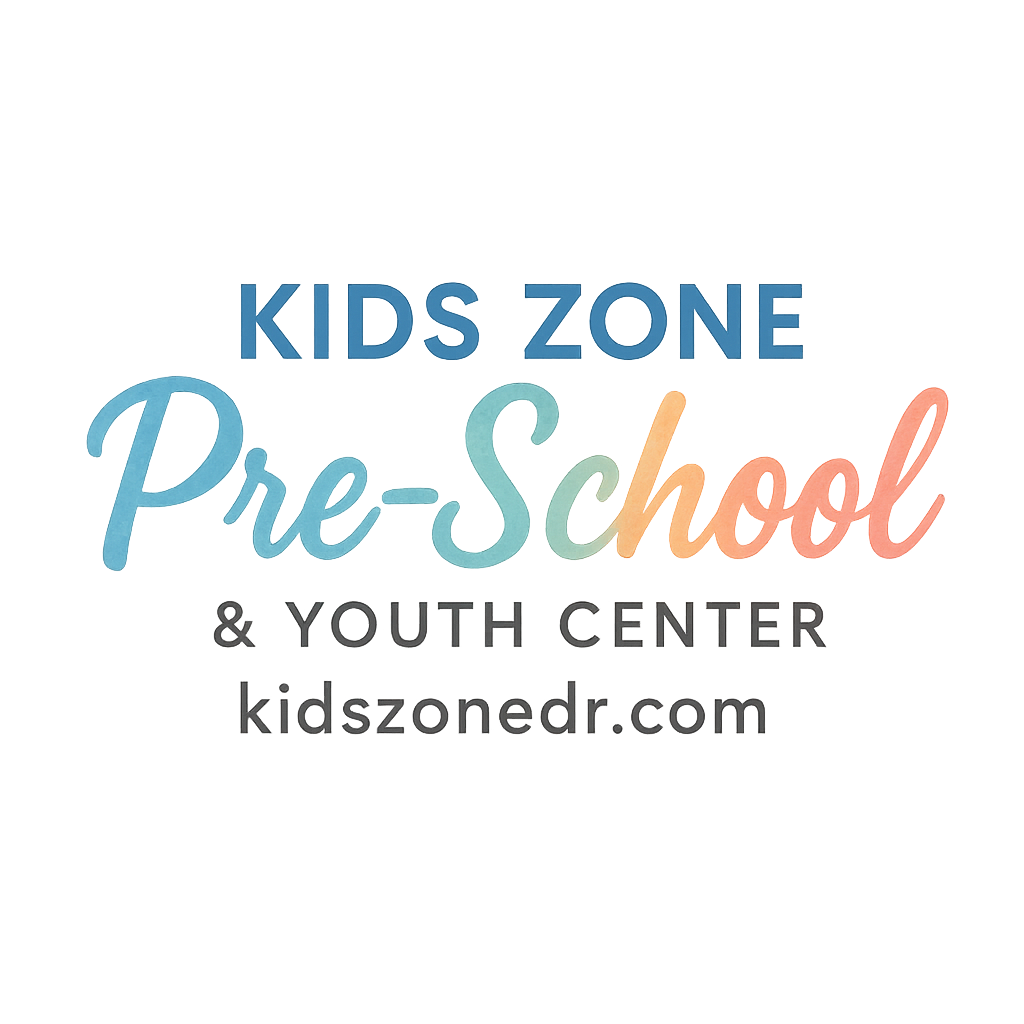Creating consistent routines in preschools and youth centers isn’t just about managing time—it’s about building a foundation for children’s emotional security, learning, and long-term growth. When children know what to expect, they feel safe, confident, and ready to engage. In this article, we’ll explore five powerful strategies that teachers, caregivers, and parents can use to establish routines that work.
Why Consistent Routines Matter in Preschool and Youth Centers
Consistency is one of the greatest gifts we can offer children. Predictable daily structures reduce anxiety, foster independence, and teach valuable life skills. Let’s break down why routines are so essential.
The Science Behind Routines and Child Development
Research shows that routines help children regulate emotions, build memory, and strengthen executive functioning skills. When kids follow a consistent daily schedule, their brains adapt to patterns that improve focus and reduce stress.
Emotional Security Through Predictability
Think about how adults feel when plans are unclear—it’s unsettling. For young children, predictability provides the same sense of calm and safety. This emotional security gives them confidence in both learning and social interactions.
Building Habits That Last a Lifetime
Routines foster good habits. From brushing teeth to cleaning up toys, consistent practices shape long-term discipline and responsibility.
Strategy 1: Create Structured Daily Schedules
A structured schedule doesn’t mean rigid—it means predictable. Children thrive when they know what comes next.
Morning Routines That Set the Tone
Starting the day with familiar activities like greetings, circle time, or a morning song builds excitement and comfort. A cheerful start helps ease separation anxiety and sets the tone for the day.
Balancing Learning, Play, and Rest
Young learners need a mix of structured activities and downtime. Incorporating storytime, outdoor play, and quiet time ensures both engagement and rest. A balanced preschool learning development approach supports growth across all domains.
Flexibility Without Losing Structure
Life happens—unexpected events may shift schedules. The key is keeping transitions smooth while maintaining familiar anchors like snack time or nap time.
Strategy 2: Use Visual Aids and Cues
Visuals and cues give children a sense of control and independence, especially in early learning environments.
Picture Schedules for Preschoolers
Simple picture cards showing “snack time,” “playtime,” or “cleanup” help children understand routines without relying on text.
Color Coding for Easy Recognition
Assigning colors for different activities (red for learning, green for play, blue for rest) provides instant visual clarity.
Using Music and Sounds as Signals
Short songs or sound cues signal transitions. For example, a clean-up song can encourage cooperation while making routine changes fun.
Strategy 3: Consistent Transitions and Classroom Routines
Transitions can be the trickiest parts of the day, but consistency makes them smooth.
Making Transitions Smooth and Fun
Games like “Follow the Leader” or counting down can make moving from one activity to another less stressful.
Role of Teachers in Guiding Transitions
Teachers play a key role by modeling calm behavior and giving children time warnings before shifts.
Encouraging Independence During Transitions
Letting kids carry their own mats, put away toys, or line up independently teaches responsibility and self-regulation.
Strategy 4: Collaboration with Parents for Reinforcement
Routines only succeed when they’re supported both at school and at home.
Aligning Home and School Routines
When parents reinforce similar bedtime or morning routines, children adjust better to preschool environments.
Encouraging Parental Involvement
Inviting parents to share their child’s preferences or join activities strengthens the bond between home and school. Explore more on parental involvement.
Communication Tools for Parents
Apps, newsletters, or simple communication logs help keep parents updated on daily routines and progress.

Strategy 5: Positive Reinforcement and Habit Formation
Encouragement fuels consistency. Children respond well to praise and rewards.
Reward Systems That Encourage Good Habits
Stickers, points, or verbal praise motivate children to follow routines. Rewards don’t need to be big—consistency matters more.
Modeling Behavior Consistently
Children learn more from what we do than what we say. Teachers and caregivers who model good habits influence children naturally.
Encouraging Self-Regulation in Children
Over time, routines help kids take initiative—washing hands before meals, organizing materials, or following classroom structure.
Overcoming Challenges in Establishing Consistent Routines
No routine is perfect. Challenges arise, but with the right approach, they’re manageable.
Handling Resistance from Children
Some kids resist changes. Gentle encouragement, choices, and patience make a big difference.
Managing Special Needs and Diverse Learners
Visual aids, sensory tools, and one-on-one support ensure routines include everyone, regardless of developmental needs.
Adapting Routines in Changing Situations
Whether it’s holidays, field trips, or unexpected events, routines should be flexible without losing their core consistency.
Long-Term Benefits of Consistent Routines
The benefits of routines extend beyond the classroom.
Academic Growth and Readiness
Consistent routines improve focus and create readiness for structured learning in higher grades.
Emotional and Social Development
Predictable structures reduce stress, boost confidence, and enhance peer interactions.
Health, Safety, and Wellbeing
Regular nap times, meals, and activities promote wellness and healthy eating.
Practical Tips for Teachers and Caregivers
Here are a few actionable tips to keep routines running smoothly:
Daily Reflections and Adjustments
Spend a few minutes reviewing what worked and what didn’t. Adjusting routines keeps them effective.
Involving Children in Planning
When children feel included in routine-building, they’re more likely to follow them. Even simple choices like snack options or activity order boost involvement.
Leveraging Technology and Tools
Use apps, timers, or classroom displays to reinforce schedules and transitions.
Conclusion
Consistent routines are the heartbeat of any preschool or youth center. They provide children with stability, encourage positive habits, and prepare them for lifelong success. By focusing on structured schedules, visual cues, smooth transitions, parent collaboration, and positive reinforcement, educators and caregivers can create an environment where children thrive.
For more insights into preschool routines, growth, and parental involvement, explore resources at KidsZoneDR.
FAQs
1. Why are routines important in preschool?
Routines help children feel safe, build independence, and support social, emotional, and academic growth.
2. How do I create a morning routine for preschoolers?
Start with greetings, circle time, and a fun song to set a positive tone for the day.
3. What if a child resists routines?
Offer choices, stay patient, and use positive reinforcement to encourage cooperation.
4. How can parents support school routines at home?
By aligning bedtime, meal, and play routines with preschool schedules for consistency.
5. What tools help children follow routines?
Picture charts, color coding, and music cues are highly effective.
6. How do routines benefit emotional development?
They provide predictability, reduce anxiety, and boost confidence in social interactions.
7. Can routines support children with special needs?
Yes, with tailored supports like visual aids and sensory strategies, routines help all learners thrive.


